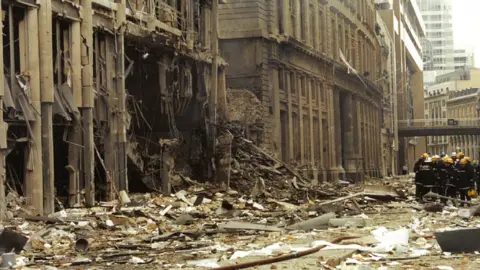
California Sea Lions sunbathing at Berlin Zoological Gardens. Credit: Sam Chancey
My initial goal when traveling internationally was to visit a zoo in every country. Unfortunately, that goal fell flat, but one zoo I did get to visit was the Berlin Zoo. This zoo was unlike any other zoo I visited and I really enjoyed my time there. I got to see so many animals that I have never been able to see before, including the Giant Panda and the Kiwi! The Kiwi was mostly just a big shadowy figure though, because it was housed in a nocturnal exhibit, but it still counts. I also did not realize how massive Kiwis are and how little Giant Pandas are until this visit. What was really mind-blowing about this zoo though was how it was so engrossed in nature. Everywhere you looked, there were massive trees, shrubberies, bamboo, and flowers. It was so immersive you wouldn’t have even known you were in Berlin. The zoo even had a medieval tree, which was estimated to be from the 15th century.

Hippo at Berlin Zoological Gardens. Credit: Sam Chancey

Harbor Seal at Berlin Zoological Gardens. Credit: Sam Chancey

Medieval Tree at Berlin Zoological Gardens. Credit: Sam Chancey
Video of a Flounder at the Berlin Aquarium. Credit: Sam Chancey
What was more interesting was the habitats for their animals. It really seemed like they were doing all that they could to simulate the natural environment of the species they were housing. For the California Sea Lions, the pool in the exhibit had a wave machine, which I had never seen done before. The King Penguin and Rockhopper Penguin exhibit had a built-in ice maker and walking in the building, you could feel the temperature difference. There was even a coastal aviary exhibit that housed birds like SandPipers where there was also a pool that simulated waves splashing on a beach. The aquarium also had some elaborate exhibits that emulated natural environments, most notably, a river exhibit with a strong current. While I was in the World of Birds, I also noticed many native Ohio species, including the Northern Cardinal. It is pretty cool to know that people look at our state bird in this zoo on a daily basis.

Giant Panda at Berlin Zoological Gardens. Credit: Sam Chancey

California Sea Lion on rock at Berlin Zoological Gardens. Credit: Sam Chancey
Overall, it was just really interesting to see the different approaches to sustainability, husbandry, and enrichment that different zoos opt for. Prior to the Berlin Zoo, I had never seen an exhibit with waves or an ice machine for Penguins and so seeing these different habitats and how animals interact with them was really eye-opening. I hope to be able to use my experiences here to be an advocate for animals, their needs, and what’s possible, in the future.





